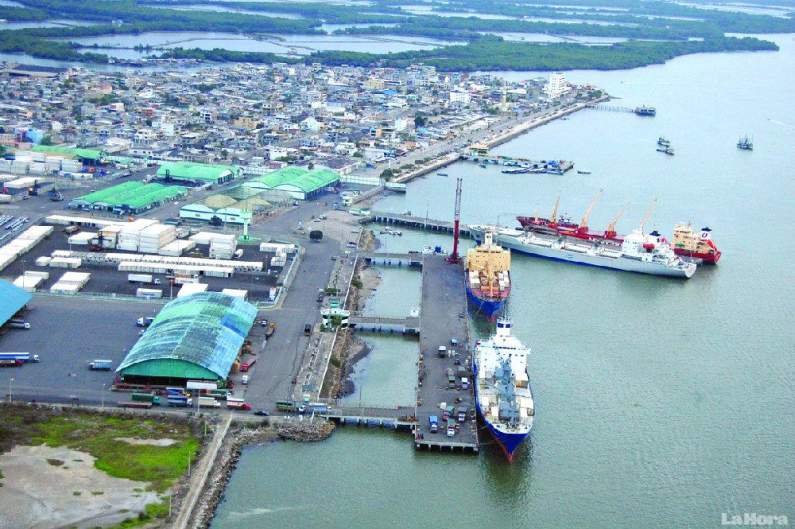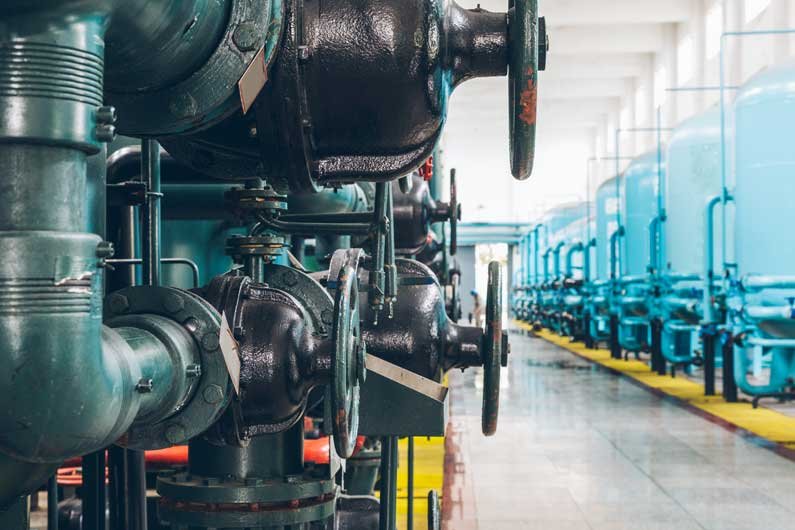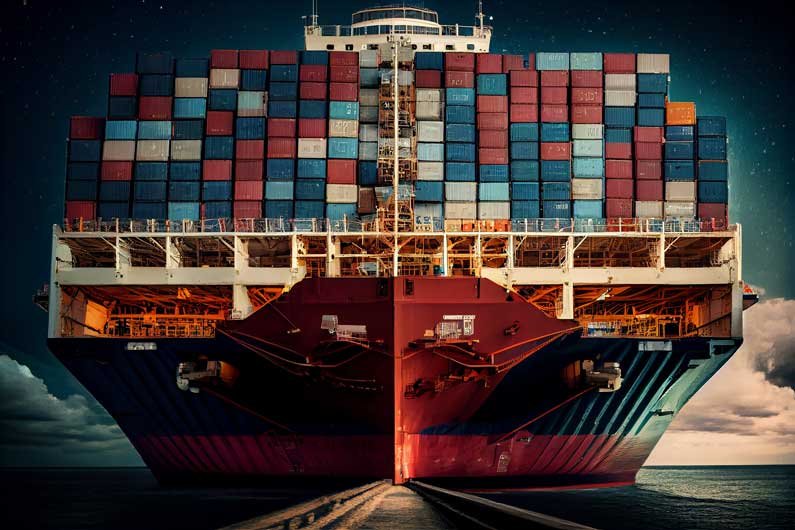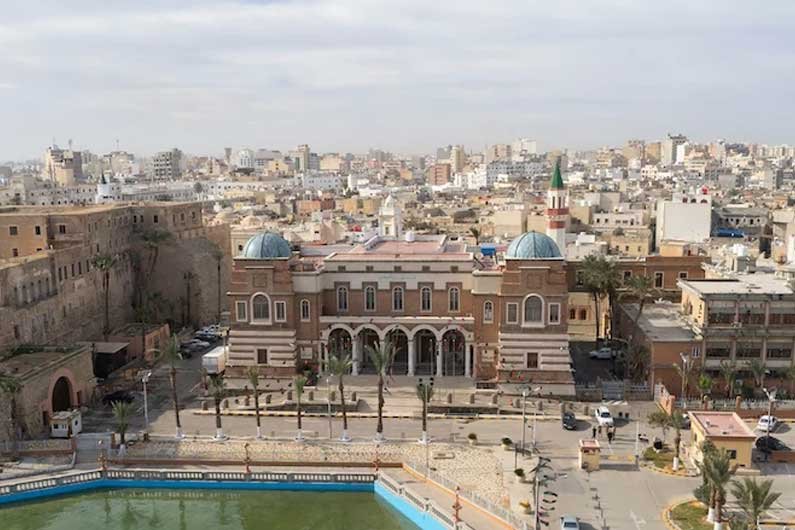Shipping to Ecuador can be a complicated process, especially for first-time shippers. Ecuador, a small country in South America, has unique shipping regulations and requirements that must be followed. In this article, we will provide a comprehensive guide for shippers looking to ship goods to Ecuador.
Why Ship to Ecuador?
Before we dive into the details of shipping to Ecuador, it is important to understand why you might want to ship there in the first place. Ecuador is known for its rich cultural heritage, natural wonders, and diverse economy. The country is home to a growing market of consumers who are interested in products from all over the world. If you are looking to expand your business into new markets, Ecuador could be an excellent choice.
Shipping Regulations in Ecuador
Before shipping to Ecuador, it is important to understand the country’s shipping regulations. The following are some of the most important regulations you need to know:
Import and Export Restrictions
Ecuador has strict regulations on the import and export of certain goods. It is important to check with the relevant authorities to ensure that your goods are not on the restricted list.
Customs Clearance
All goods imported into Ecuador must go through customs clearance. You will need to provide the necessary documentation and pay any applicable fees to clear your goods.
Taxation
All goods brought into Ecuador are subject to taxation. The tax rate varies based on the type and value of the items.
Shipping Options to Ecuador
When it comes to shipping to Ecuador, you have several options to choose from. The following are the most common shipping methods:
Air Freight
Air freight is the fastest and most expensive shipping option. It is best suited for smaller shipments that need to be delivered quickly.
Sea Freight
Sea freight is a more affordable option for larger shipments. However, it is also slower than air freight.
Courier Services
Courier services are a good option for small shipments that need to be delivered quickly. However, they can be more expensive than other shipping methods.
Documents Required for Shipping to Ecuador
When shipping to Ecuador, you will need to provide the following documents:
Commercial Invoice
A commercial invoice is a document that lists the details of the shipment, including the value of the goods.
Bill of Lading
A bill of lading is a document that serves as a receipt for the goods being shipped.
Packing List
A packing list is a detailed list of the contents of the shipment.
Tips for Successful Shipping to Ecuador
Shipping to Ecuador can be a complicated process, but there are things you can do to make it easier. Here are some tips for successful shipping to Ecuador:
Choose the Right Shipping Method
Make sure you choose the shipping method that best suits your needs and budget.
Use a Reliable Shipping Company
Choose a shipping company with experience shipping to Ecuador to ensure a smooth and successful shipment.
Label Your Shipment Correctly
Make sure your shipment is labeled correctly with the recipient’s name and address.
Provide Accurate Documentation
Make sure all your documentation is accurate and up to date to avoid delays in customs clearance.
Major Shipping Ports in Ecuador
Ecuador has several major shipping ports that handle both import and export activities. Here are some of the major ports in Ecuador:
Guayaquil Port
Located in the city of Guayaquil, it is the largest and busiest port in Ecuador. It handles a significant amount of the country’s maritime trade, including container cargo, automobiles, and petroleum products.
Manta Port
Located on the Pacific coast of Ecuador, Manta Port is an important commercial port for the country’s fishing industry. It also handles some container cargo and petroleum products.
Esmeraldas Port
Located on the northern coast of Ecuador, Esmeraldas Port is a major oil-exporting port for the country. It also handles some container cargo and other general cargo.
La Libertad Port
Located in the province of Santa Elena, La Libertad Port is an important port for the country’s banana exports. It also handles some container cargo and petroleum products.
Puerto Bolivar Port
Located in the province of El Oro, Puerto Bolivar Port is another important port for Ecuador’s banana exports. It also handles some container cargo and other general cargo.
These are some of the major ports in Ecuador, but there are other smaller ports and marinas scattered along the country’s coastline that also handle maritime activities.
FAQs
- What are the import and export restrictions in Ecuador?
Answer: Ecuador has strict regulations on the import and export of certain goods, including firearms, drugs, and counterfeit items. It is critical to check with the relevant authorities to ensure that your goods are not on the restricted list. - How long does it take to ship goods to Ecuador?
Answer: The time it takes to ship goods to Ecuador depends on the shipping method you choose and the location of the recipient. Air freight can take as little as a few days, while sea freight can take several weeks. - What is the tax rate for imported goods in Ecuador?
Answer: The tax rate for imported goods in Ecuador varies depending on the type of goods and the value of the shipment. It is essential to check with the relevant authorities to determine the exact tax rate for your goods. - Can I use a courier service to ship goods to Ecuador?
Answer: Yes, you can use a courier service to ship goods to Ecuador. However, courier services can be more expensive than other shipping methods. - What should I do if my shipment is held up in customs?
Answer: If your shipment is held up in customs, you should contact your shipping company and the customs authorities to determine the reason for the delay and what steps you can take to resolve the issue. It is important to have accurate and up-to-date documentation to avoid delays in customs clearance.
Conclusion
Shipping to Ecuador can be a complex process, but with the right knowledge and preparation, it can be a successful endeavor. By following the regulations, choosing the right shipping method, and providing accurate documentation, you can ensure a smooth and successful shipment to this beautiful South American country.





